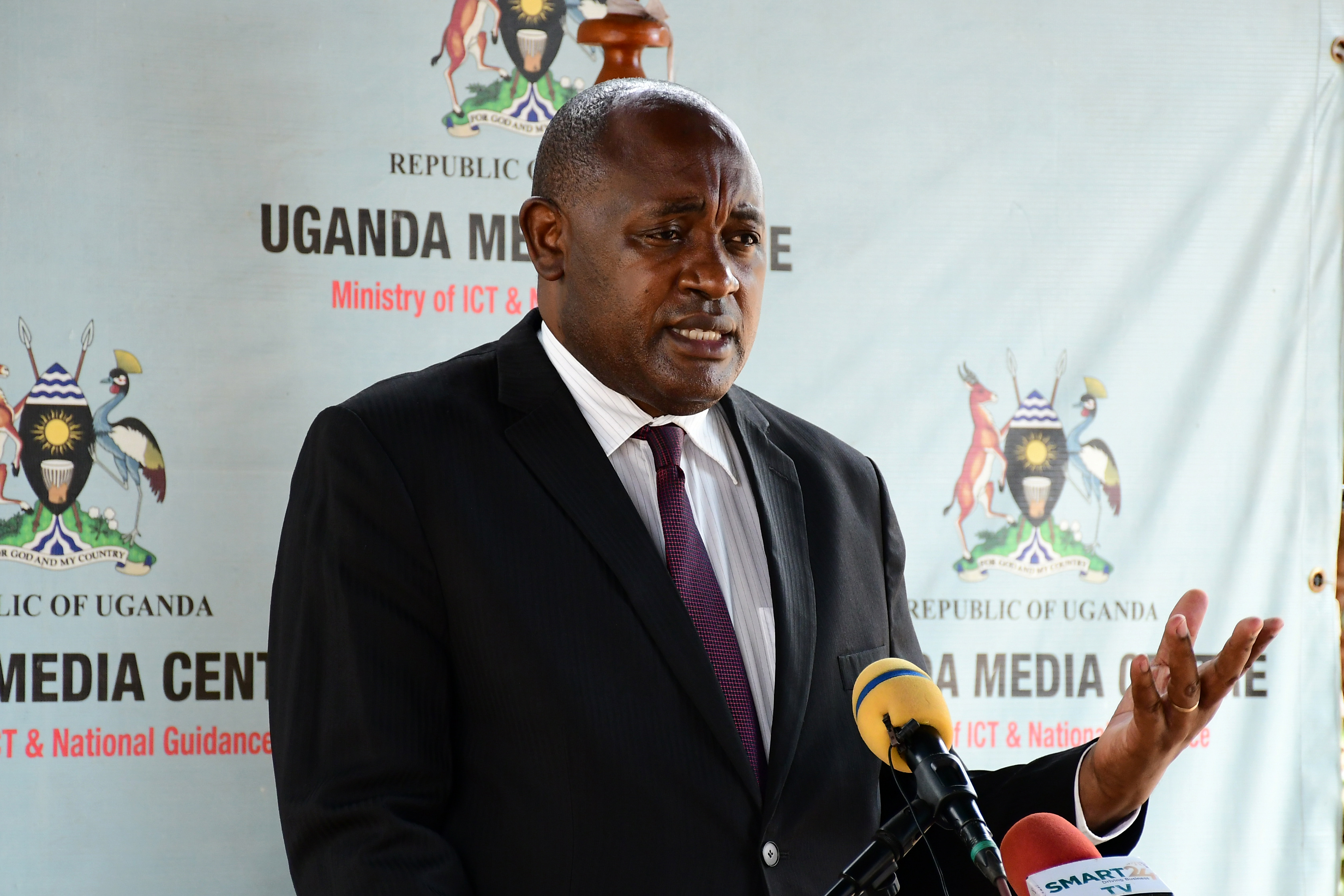Prime
Govt must cut public administration costs

What you need to know:
The issue:
Resource usage
Our view:
The government should be honest and tell the public whether or not it will actually merge departments and agencies. Procrastination is costing the taxpayer dearly amid unmet needs.
Over the past few years, the Ugandan government has said it will reduce the cost of public administration.
And you could argue that this clamour or slogan is global as every political party from the North to the South Pole sells this agenda during any electoral cycle.
Globally, people want leaner governments with more funds invested in supporting the private sector which often creates jobs faster than the government due to the burning spirit of innovation.
The private sector, due to its profit-driven model, is also more rewarding to its employees than the government which reminds its workers of offering a service.
In the end, you find a lot of duplication of tasks and a bloated government system that only enhances bureaucracy.
If you go as far back as the Structural Adjustment Programmes (SAPs) imposed on African nations in the late 80s and early 90s, western powers advanced smaller governments here in return for aid and support.
The SAPs, however, resulted in massive retrenchment of government workers and distress to the affected workers and their families.
In Uganda, the economy was also still recovering from long periods of scarcity of basic commodities. Everyone thought that a booming private sector would then relieve the government of the burden to provide jobs. It was assumed that the government’s mandate would then be reduced to regulation and providing a conducive environment.
Decades later, we are almost back to square one. The cost of public administration continues to rise like there was never a plan to curl it.
Figures obtained from the Finance ministry and the Civil Society Budget Advocacy Group (CSBAG) show that budget allocations to sectors involved in public administration have more than quadrupled over the last two decades. The figures show that the allocations increased from slightly more than Shs465 billion in the Financial Year (FY) 2001/2002 to Shs2.7 trillion in FY 2020/2021.
Recently, the government has sold us the dummy of rationalising government departments and agencies to ultimately reduce its size. This plan has been postponed at least twice with the government seemingly developing cold feet every time the set dates draw closer. Some of this money is clearly down to the creation of more and more administrative units where a street is named a district, or even city. There has never been a comprehensive study to explain what the benefit of this slicing of units into smaller units benefited the public.
All we see is an expansion in the number of political leaders.
If that was the intention, then the decision makers ought to have been a little more honest.
However, there must be a point of reflection and eventually a choice to trim the size of government. That time was yesterday.




